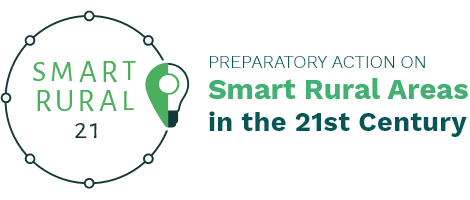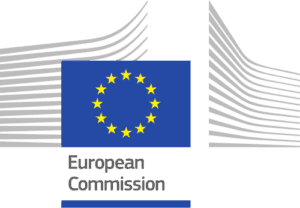Smart Solutions
Wisdom on community engagement
Purpose
The testimonials from leaders and community members of the Smart Rural 21 villages aim to inspire other people and provide ideas on how to engage other community members. In this tool, we collected for you some of the key messages, suggestions and ‘tips & tricks’ on community engagement in small – and often remote – rural villages.
How does it work?
The video messages can be watched or listened to (as a ‘podcast’). Beside giving inspiration, these messages can also be used at capacity-building events (e.g. for communities or community-leaders) to discuss and improve stakeholder engagement methods. Some of the key messages and questions that you discuss with the use of testimonials:
Statement: People need to come with their own ideas and initiatives and need to be encouraged to pursue these. Many of these ideas vanish over time, but there are some that – with sufficient encouragement – can be kept alive and be realised for the benefit of the initiators and the whole community. It is important to help people find their place in the process, to create space so that they can express their ideas. Most people are often very ‘tough’ with themselves, they need encouragement to share their ideas and thoughts .
Questions for discussion: How to encourage people to come with ideas, and how to keep up their enthusiasm? Is there scope to engage people in activities who do not live in the village? What would be the reception from local people? What enables and what hampers in the community people coming forward with their ideas? How these could be better encouraged?
Statement: With volunteers it is important to keep the work manageable and tangible, trying to limit the amount of work so that they see the ‘light at the end of the road’. It is important to celebrate the achievements and reward those who work hard.
Questions for discussion: How is the level of volunteer activity in your village? How does it compare to the overall population of the village? Which are the most active groups? How to ensure that their work is reasonable and they do not have a ‘burn out’. How do you reward the work or celebrate achievements with volunteers?
Who is the tool for?
Anyone concerned with the engagement of community members in local projects and initiatives, especially those who have as a task to motivate other community members to take action.
Dos & Don’ts
- Be supportive of the ideas that emerge. Never say to an idea that it is a ‘bad’ one.
- Accept that out of many ideas only a few will actually become real.
- For volunteers try to make the work manageable and tangible
- Reward people as much as possible, make a celebration of the outcomes they achieve.
How the tool was already used?
The methods presented have been actively used in the villages of Ostana, Torup, Raudanmaa or Stanz im Mürztal, examples include:
The engagement of MonViso Institute in the work of Ostana. The MonViso Institute is an evolving open innovation ecosystem – a real-world laboratory for research, education, entrepreneurship and new living – on sustainability transitions and regenerative design for a more resilient and just society. MonViso has approached Ostana with the idea to build a small laboratory, and to bring students (“scientific tourism”) to Ostana. It’s been important for Ostana to have people who come regularly and work here. The scientific laboratory has been set up by MonViso in Otana, and it is now a reality.
Hvideland, a new part of Torup. Torup people have been facilitating the process of planning providing a framework for ‘new-comers (what the end product should look like, concrete timeline, etc.), e.g. some people were handpicked and guided on what they should do – packaging tasks at the same time offering help.. Ownership of the group has been important, and they can see the use of this process and outcomes. It has been working for the local people and with the local people.
In Raudanmaa managed to engage volunteers in many community initiatives, including the renovation of the community building, or support and administrative work in the restaurant on the children’s farms. Similarly Stanz has been active including the operation of the local shop and energy community.

